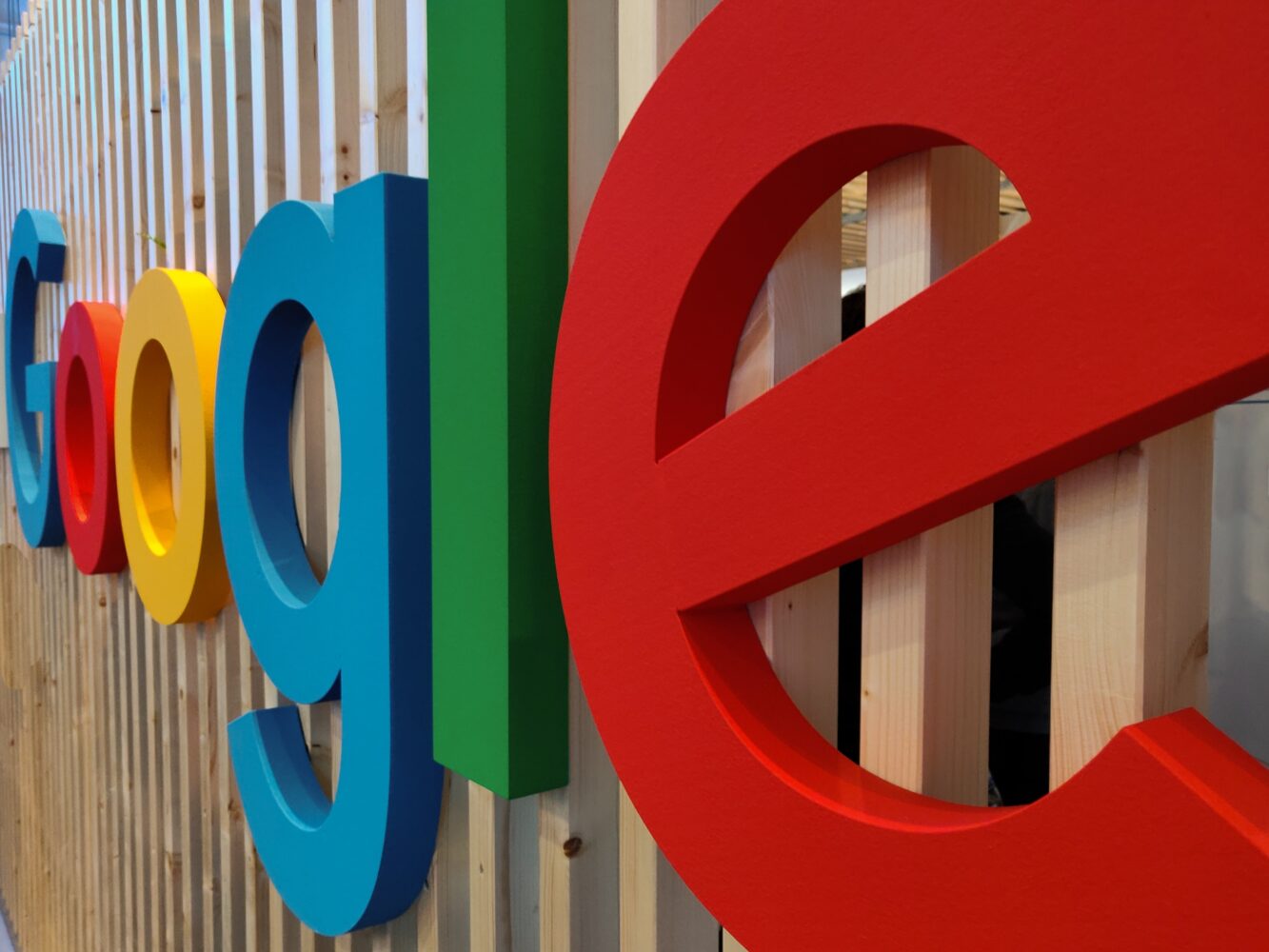Since Google’s privacy announcement last week, the advertising industry has been discussing what it means for the future of advertising, targeting and measurement. One thing that is certain with Google ads, contextual targeting will become a more important targeting tool. Although the latest announcement sent ripples through the digital advertising industry, brands have already begun to focus on contextual targeting strategies either in lieu of or in addition to their audience targeting. The trend is clear: we’re headed towards a privacy-first, cookieless future where contextual will again be a major contextual targeting tool in the marketing toolkit.
What You Need to Know
It’s important to know that brands’ YouTube, Google Search and Gmail advertising strategies will remain the same. Logged in users on these platforms will still be individually tracked by Google and brands will still be able to target them. The changes are focussed on the open web, on media inventory that Google doesn’t own but which can be targeted using Google’s AdX ad exchange or the Google Display Network.
Google’s March 2021 update shed more light on its plans for a cookieless future, having already committed to ending support for 3rd party cookies on its Chrome browser by 2022. That move followed a growing tide of privacy-first moves by Apple, Safari and Firefox. They all have the goal of stopping users from being tracked across the web and targeted with ads based on the content they’d viewed.
Brands buying ads on non-Google properties using contextual targeting on Google’s ad systems will have to target using audience clusters. Otherwise known as the Federated League of Cohorts (or FLoC) method, this approach aggregates audiences rather than allowing individual people to be tracked and targeted.
On certain publisher sites, such as the New York Times, brands will be able to use their first-party data to target people, as well as the new FLoC options.
The changes will cause brands to re-evaluate their media strategies, and they’ll be looking to contextual targeting ads on Google for some of the answers.
What Is Contextual Targeting?
Contextual targeting is all about respecting consumer privacy while augmenting the consumer experience. Brands use contextual targeting to run their ads on content that is relevant to their brand, service or product, and consumers receive a more relevant ad experience.
Behavioral audience targeting finds consumers based on the consumers previous activity online. Focusing exclusively on that type of targeting has downsides. Primarily, it ignores the context people are in when online. Imagine you’re being retargeted for office supplies when you’re looking at restaurant reviews or recipes online. You’re less likely to click on ads relating to printers. However, you’re more likely to engage with a brand like Hello Fresh or McDonalds whose services coincide with the content you’re consuming (and most likely the kind of buying mood you’re in).
In a survey we ran among 1000 U.S. consumers, almost one-third of consumers are all about advertising supporting free content. They just want the ads to be relevant to the content they’re consuming.1 That’s what contextual targeting is all about.
Why Brands Should Prioritize Contextual
Our research shows that when brands align their ads with the context of the content people consume, it makes their ads up to 93% more memorable.2
Contextual also makes campaigns more effective. We ran a head-to-head test of audience vs. contextual targeting for a major US pizza chain to drive customers to order online. Our custom contextual inclusion list (a list of YouTube videos and channels) drove up to 8.6x more conversions than the audience targeting strategy. Not only that, it drove a 50% decrease in the cost-per-conversion.3
When brands use contextual targeting, and optimize towards the best performing contexts during their campaign, we’ve seen on average 30% cost efficiencies over time.
The latest privacy shift is part of a much larger trend towards more consumer friendly experiences. By focusing on content that is contextually relevant to what consumers are consuming online, brands waste far fewer impressions and make their campaigns more efficient and effective. And they give consumers what they’re asking for.
Sources
1: Content Consumption and Consumer Sentiment Amid the Coronavirus Pandemic, 2020
2: Contextual Alignment in Video Advertising, 2020
3: Channel Factory Internal Data
